#ancient indian architecture
Text

This wheel is known as the Konark Wheel. It is a part of a temple called Konark in the East Coastal Region of India in Odisha. It is one of the architectural marvels of ancient India.
The Konark Wheel is a symbol of the Sun Temple in Odisha, India. It represents the chariot of the Sun God, the cycle of time, and the progress and change in society. It also has a sundial function, as the shadows of the spokes can indicate the time of the day. The wheel has 24 spokes and a diameter of 9 feet, 9 inches. It is a UNESCO World Heritage Monument and a cultural and national symbol of India. To know more Click Here.
#konark#konark sun temple#konark india#UNESCO World Heritage Monument#travel#India Travel#Travel India#Historic Monument#Ancient Indian Architecture
2 notes
·
View notes
Text

Dilawr Khan Mosque (XV c.) - Mandu, 2013
#original photographers#photographers on tumblr#travel#india#ancient architecture#indian architecture#islamic architecture#architecture#arcade#mosque
206 notes
·
View notes
Text
Indian Home Aesthetics🪷~


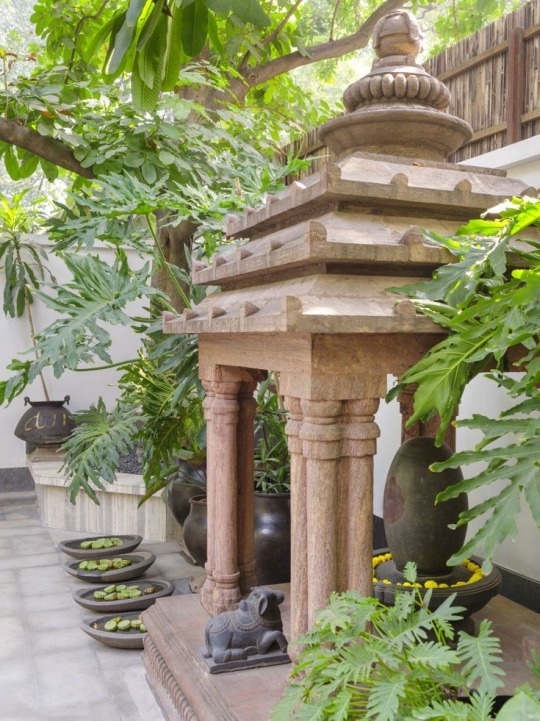
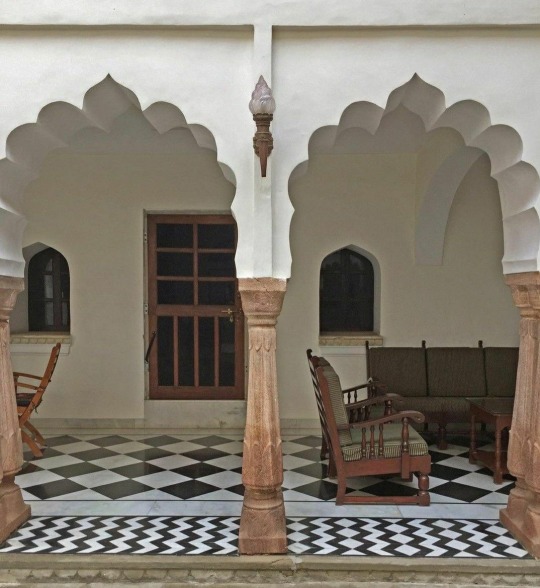
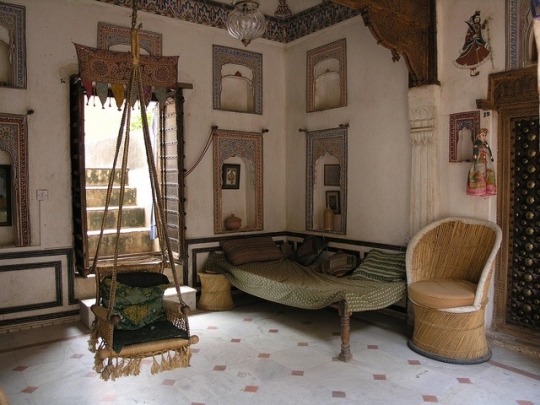
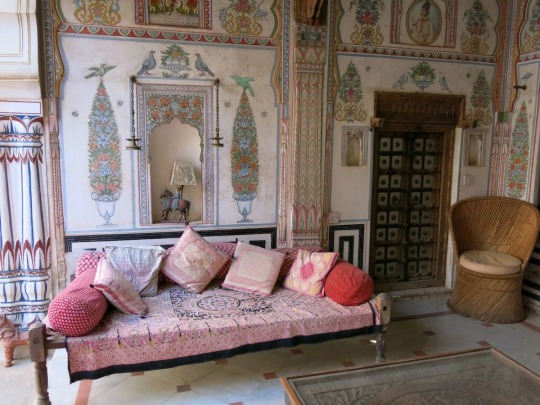
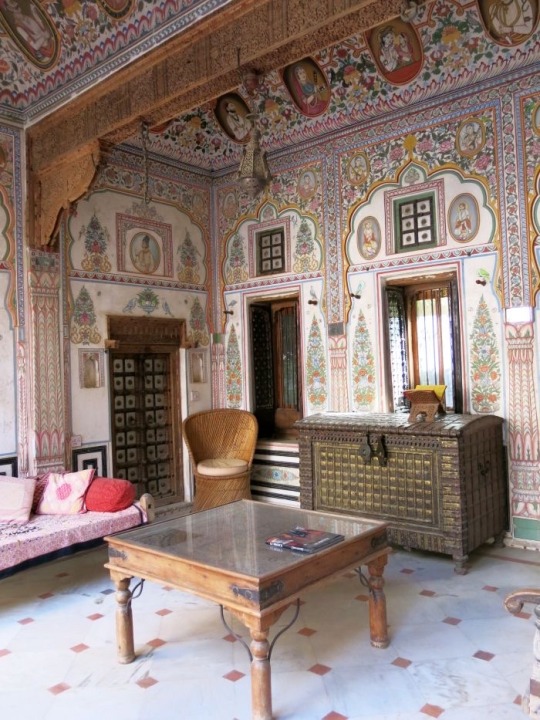
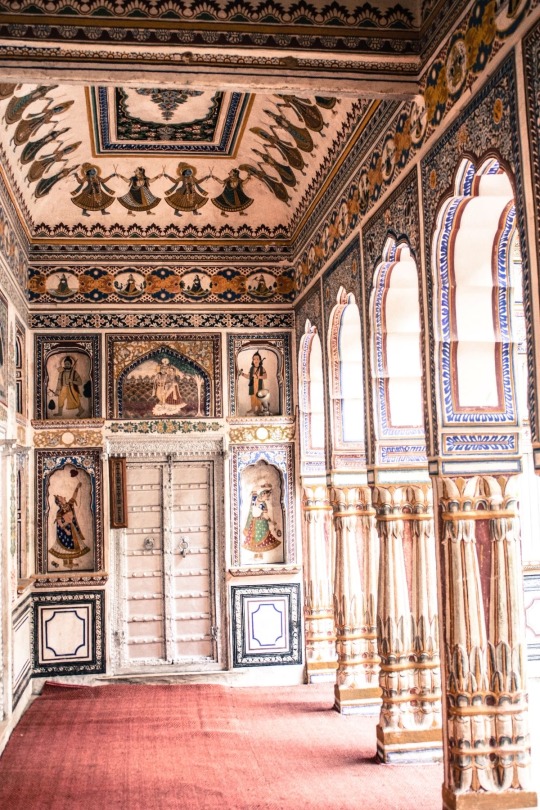
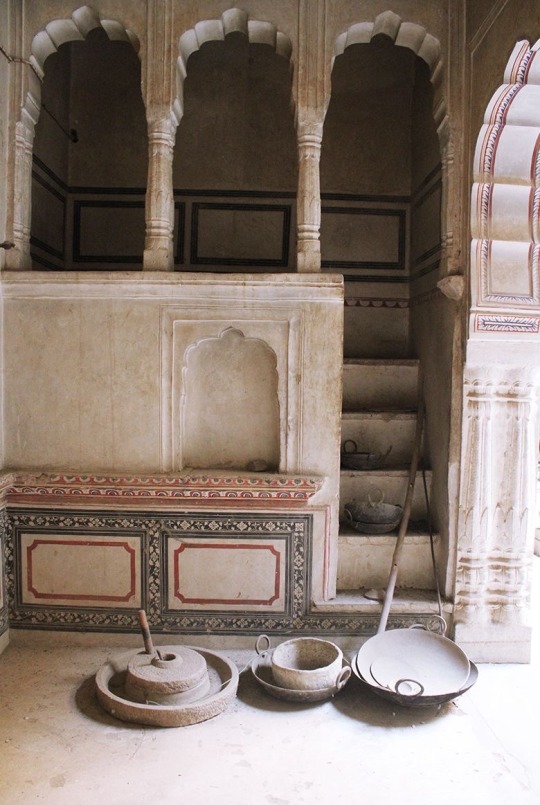

#india#tumblr#aesthetic#marvellous#beautiful#architecture#art#ancient#hinduism#home design#indian#old house#traditional home#stunning
187 notes
·
View notes
Text
Aesthetics Of Rajasthan~
✿.・。.・゜✭・✿・✫・゜・。. ✿




✿.・。.・゜✭・✿・✫・゜・。. ✿
#aesthetic#india#beautiful#hinduism#ancient#old#indian state#rajasthan#architecture#pichwai painting
79 notes
·
View notes
Text










Gandhara Art and Architecture
A beautiful blend of Indo-Greek culture.
#ancient india#ancient culture#ancient greek art#ancient greek architecture#indo-greek architecture#ancient indian art#buddhist art#ancient history#history#gandhara art#desiblr#desi tumblr#desi tag#ancient greek#ancient civilizations#ancient art#art and architecture#ancient architecture
43 notes
·
View notes
Text


"I don't think of all the misery, but of the beauty that still remains."
-Anne Frank
#photography#amature photographer#beautiful#my photos#original photography on tumblr#aesthetic#scenery#ruins#ancient ruins#archeology#dark academia#light academia#castle#forts#history#india#indian#brown#ancient architecture
39 notes
·
View notes
Text
The Martand Sun Temple, Kashmir
Dedicated to Lord Surya, Hinduism's principal sun god; Surya Dev is also recognized through his Sanskrit name Martand.
It was made by King Lalitaditya in around 5th Century A.D. and it was destructed by Muslim ruler Sikander Butshikan, under the advice of Sufi preacher Mir Muhammad Hamadani. It is believed that the was so strongly built that it took many days for its destruction.
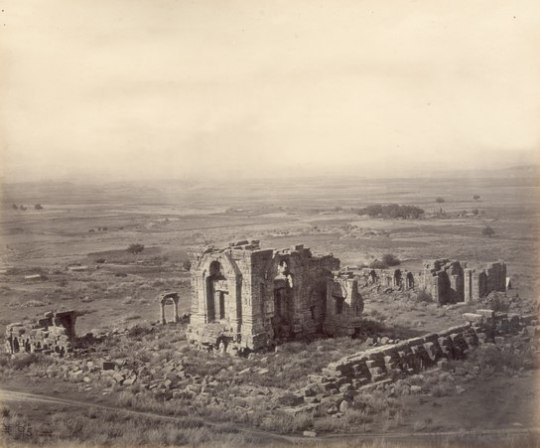
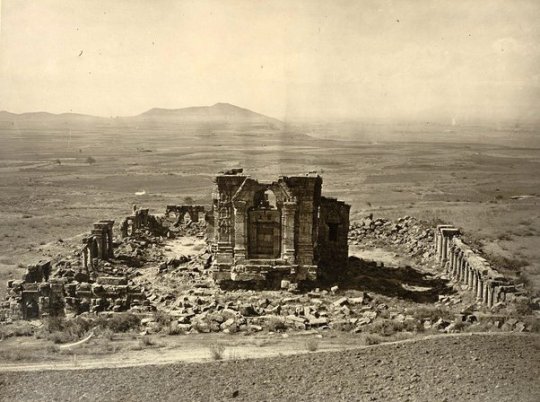


The temple has a colonnaded courtyard, with its primary shrine in its center and surrounded by 84 smaller shrines, stretching to be 220 feet long and 142 feet broad total and incorporating a smaller temple that was previously built.
The primary shrine is located in a centralised structure (the temple proper) that is thought to have had a pyramidal top - a common feature of the temples in Kashmir. Various wall carvings in the antechamber of the temple proper depict other gods, such as Vishnu Ji and river goddesses, such as Mata Ganga and Mata Yamuna, in addition to the sun-god Surya Dev.
How it must’ve looked ->

#sun temple#mughal invasion#hindublr#hinduism#sanatan dharma#bharat#ancient india#india#kashmir#hindu temples#hindu culture#hindu architecture#indian architecture#lalitaditya#sufi#islamic terrorism#kashmiri hindus
50 notes
·
View notes
Text






of ancient caves and heat waves
#ancient caves#ancient civilizations#ancient ruins#desiblr#indian academia#indian history#travel#historical#historical architecture#ancient architecture#ancient india
63 notes
·
View notes
Text

4 notes
·
View notes
Text
Ancient Architectural Capitals

This image presents a variety of ancient architectural capitals, highlighting different styles and regions from ancient civilizations.
Capitals are the uppermost parts of columns, providing both decorative and functional elements in classical architecture.
The following styles are illustrated:
Egyptian Papyrus Capital
– A design inspired by the papyrus plant, common in ancient Egyptian architecture, symbolizing the Nile's vegetation.
Egyptian Date-Palm Capital
– This capital features palm leaves, a motif representing fertility and abundance in ancient Egypt.
Persian Animal Capital
– Notable for its intricate carvings of animals, this style reflects the opulence and symbolic artistry of ancient Persia.
Greek Doric Capital
– A simple, sturdy design characterized by its plain, rounded shape, representing the earliest and most austere form of Greek architecture.
Greek Ionic Capital
– Famous for its scroll-like volutes, this elegant style is more ornate than Doric, used in many temples and buildings in ancient Greece.
Greek Corinthian Capital
– Highly decorative, featuring acanthus leaves, this capital became prominent in later Greek and Roman architecture for its intricate beauty.
Roman Corinthian Capital
– Derived from the Greek Corinthian style, the Roman version is more detailed and elaborate, reflecting the grandeur of the Roman Empire.
Indian Foliage Capital (150 B.C.)
– Marked by lush, detailed carvings of plant forms, this style illustrates the naturalistic artistry prominent in ancient Indian architecture.
Indian Plain Capital (400 A.D.)
– A more restrained, straightforward design, this capital highlights the evolution of Indian architecture towards simplicity during later periods.
These capitals showcase the diversity and evolution of ancient architecture across cultures, blending aesthetics with symbolism and structural support.
#ancient architectural capitals#capitals#columns#ancient civilizations#Egyptian Papyrus Capital#Egyptian Date-Palm Capital#Persian Animal Capital#Greek Doric Capital#Greek Ionic Capital#Greek Corinthian Capital#Roman Corinthian Capital#Indian Foliage Capital#Indian Plain Capital#ancient architecture#aesthetics#symbolism
3 notes
·
View notes
Text

Agra, 2013
#picofthenight#travel#india#original photographers#photographers on tumblr#ancient architecture#architecture#indian architecture#taj mahal#landscape#photoofthenight
177 notes
·
View notes
Text

The door of an ancient Abandoned Temple, Purulia District, West Bengal, India.
10 notes
·
View notes
Text

Looking for a spiritual escape?
Look no further than the Lakshmi Narasimha Temple of Nuggehalli, Hassan!
This stunning temple is a true gem of South India, with intricate carvings and a peaceful atmosphere that will transport you to another world.
Whether you're a devout follower of spirituality or simply seeking a moment of peace and reflection, this temple is a must-visit destination. So come and soak up the serene beauty of Nuggehalli's Lakshmi Narasimha Temple – you won't be disappointed! 🙏🏽✨
To know more about the place, feel free to click on the link below👇🏻
Do follow us @mapsandcutlery for more such content!!
#Nuggehalli#mapsandcutlery#maps_and_cutlery#travel destinations#travelstories#weekendfun#weekend getaway#must visit#plan your weekend#Hoysala#indianhistory#architecture#ancient culture#ancienttemples#spiritual vibrations#traveleverywhere#portraitphotography#bangalore#indian tourism#karnataka#travel Karnataka
6 notes
·
View notes
Text

India / Monuments in Gujarat
Stone carvings of one of the four gates of Dabhoi (Gujarat). Dabhoi was established in the early 6th century AD.
1 note
·
View note
Text

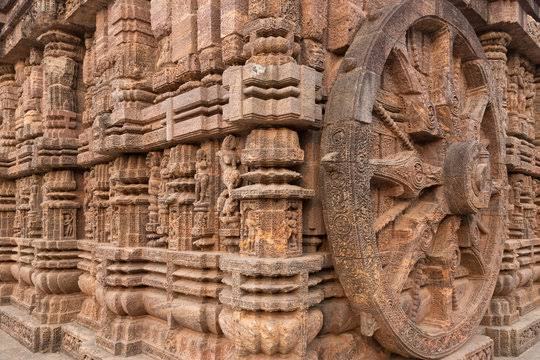


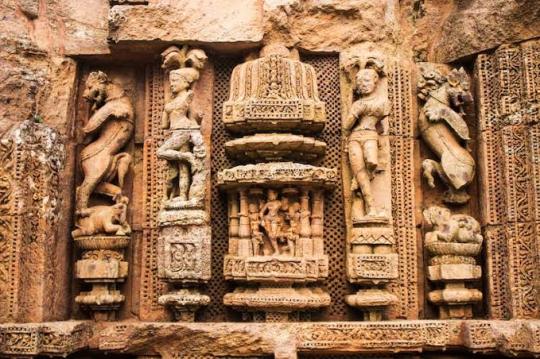


Jagannath Temple, Puri, India
#hinduism#hindu temple#jagannath puri#orissa#bharat#hindublr#sanatan dharma#hindu architecture#indian architecture#india#hindu temples#ancient india
43 notes
·
View notes
